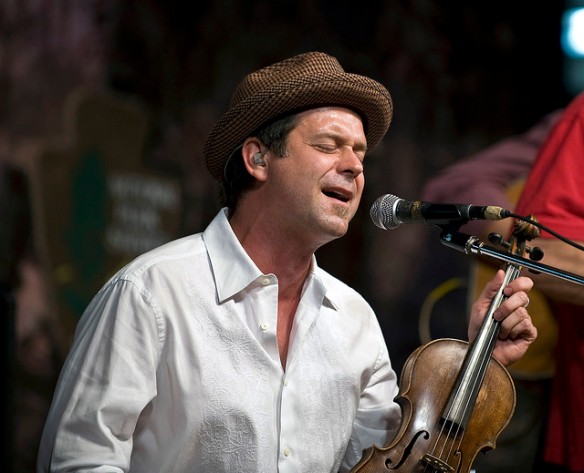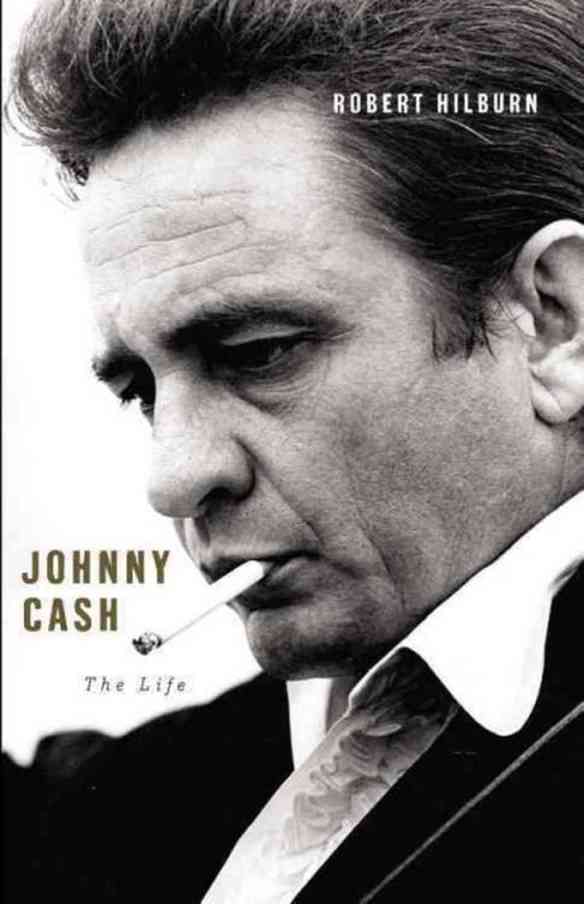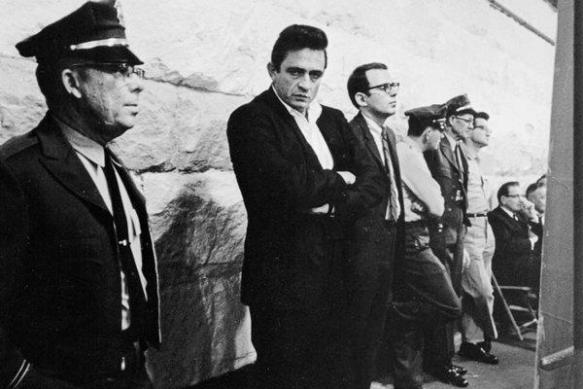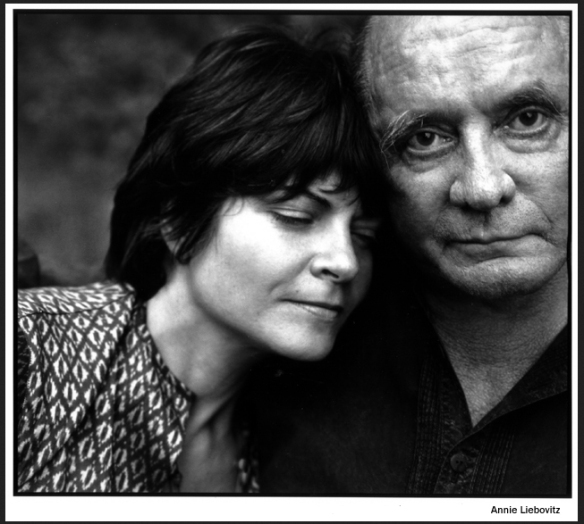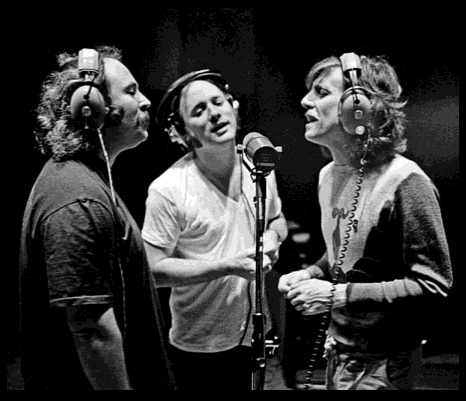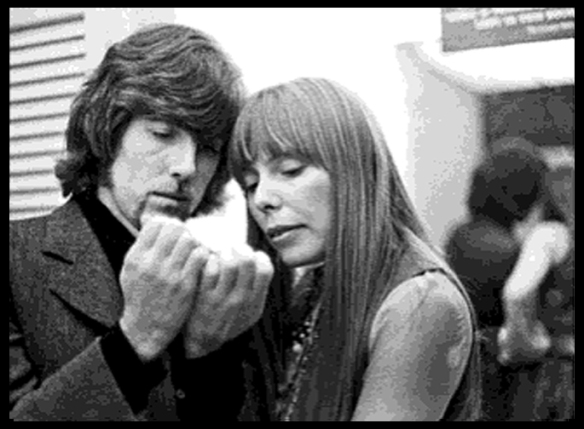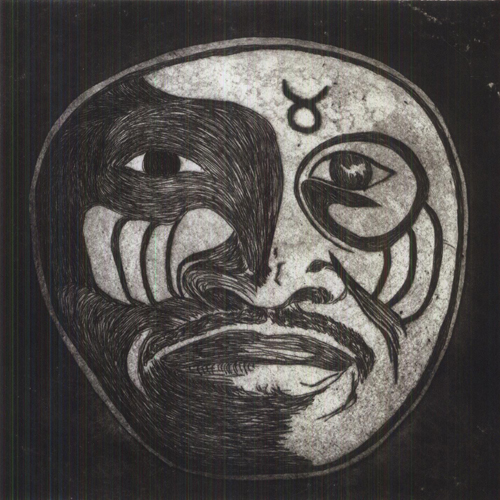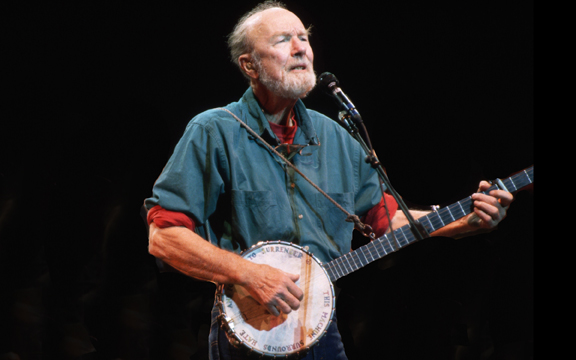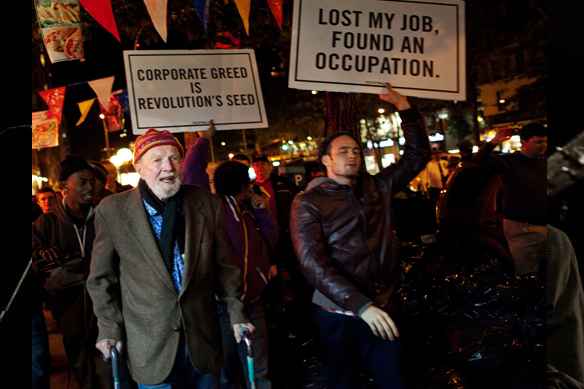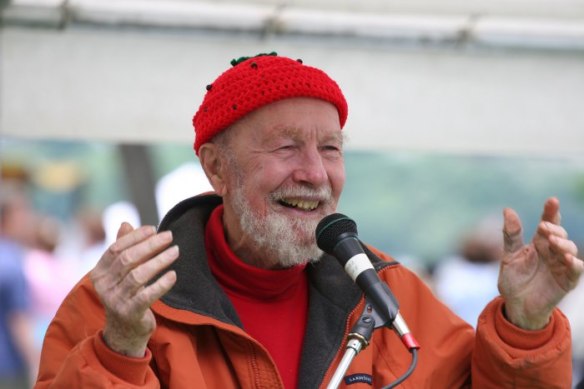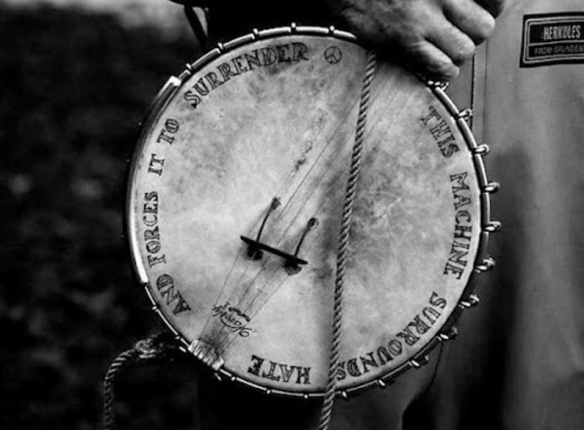
by Author Griffin
All around, in every sense and way, Brett Dennen is good folk. He’s a perennial master of the love song but I’ve always appreciated him most for his social commentary. Brett Dennen thinks of others empathetically and sings about it. Well, I might add, and what’s not to like about that?
Brett called me on my birthday to give me this interview. Of course it was a complete coincidence that the day he called to do the interview happened to be my birthday, but did Brett Dennen call you on your birthday?
No? I didn’t think so.
Brett was kind enough to dialogue with me about his new record, his tour, PBS, Paul Simon and, most exciting for us, his upcoming show at Infinity Hall on February 27th, which will be taped for the freshest installment of Infinity Hall Live. Enjoy the article and do not miss this show!
Griff: Brett, you’re doing an expansive piece of touring in support of your new album ‘Smoke and Mirrors’ which has you on a cruise ship to Grand Cayman with Train, then not only circling the lower 48, but taking it across the pond for a full European leg with The John Butler Trio. Awfully impressive, brother, and we at Infinity Hall are super excited to be included on your odyssey so welcome and thanks for taking the time to speak with us.
Brett: Sure, thanks.
Griff: Any new ground you’re covering in 2014? First time appearances in any cities? Other than ours, of course.
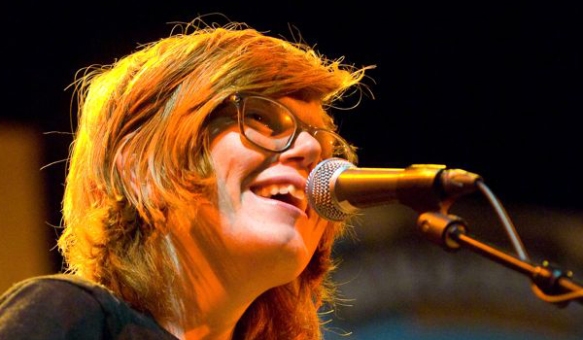
Brett: Well yeah, I’ve never been to Infinity Hall but it’s something that I’d like to do a lot more of. I’m definitely not tired of them but I’m definitely looking for ways to do more than just play in the big cities. I think a good way for people to get burned out is to put out a record and then go play the same towns. I would rather go play in places where people live that would normally have to be the ones who have to travel a couple of hours to go see a concert. I would rather just go play to them, you know, bring the music to them instead of making them come to me in where ever… New York City or Boston, whatever the city may be.
Griff: That’s great, man. They will be taping your show on February 27th for Infinity Hall Live, to be broadcast on CT Public Television. That puts you in good company with other recent installments to Infinity Hall Live from artists like Tori Amos, Rubblebucket, Ben Taylor and Barenaked Ladies to name a few. Does live taping add another element to a show for you? Ups the ante a bit, maybe?
Brett: Yeah it definitely does. I think I still play well enough but that’s more the product of the hard work of rehearsing, being consistent with rehearsals and just getting into good habits with how you practice. So even if I still think I sound ok, I get in my head a little bit more just because there are cameras all over the place and I like to just really connect with the music and sort of get in a zone with the crowd and it’s a little harder to do that with cameras. If I did it more often, I’m sure I’d get used to it, but I think most artists would agree, it’s one thing to be playing in front of a crowd that’s loving it, it’s another thing to add cameras, but it’s a really cool trade off to be on television.

Griff: Well we do appreciate the extra effort, thank you. So ‘Smoke and Mirrors’; I hear a bit of the Brett Dennen social commentary I’ve come to know and very much appreciate, but also some polished love songs, the cornerstone of all good folk pop, all nicely packaged in a record with a natural look and feel. What should we be listening for in ‘Smoke and Mirrors’?
Brett: Well I don’t really want people to listen for anything, I just want it to be a record that people can listen to and not exactly have to pay too much attention. I want it to go down easy and be something that people can sing along to. First and foremost I try to make the songs very ‘sing-alongy’, ‘sing-songy’ but if you want more there’s more there. Like if you want to have an emotional connection there’s songs that have me being more honest with myself than I’ve ever been in music and if you want songs with lyrics that make you think, then you can listen for that and certainly find it. There’s definitely little moments here and there in just about every song where there’s a line or two that I think could get people thinking. And then if you want to hear… if you want to dig and just listen to what’s happening musically, sort of just take a trip listening to the musicianship and the production, I think it has enough of that too for people to really go to that level. So I think it just depends on the listener and I think it depends on how deep people want to really get with it. On one hand I tried to make it a record that’s easily accessible where if you’ve heard it a couple of times you can sing along, even after the first go-round of a chorus, and the second time the chorus comes around you pretty much get where the song is going. Then, if you want to listen a little more, there’s a level that some people are drawn to.
Griff: Now I absolutely love your ‘Wilderness Tips’ videos. Funny, funny stuff and you do a pretty good Bob Ross impression, that one is my favorite…
Brett: (laughs) How great would it be for my Infinity Hall show to be played on PBS right after The Joy of Painting with Bob Ross?
Griff: (laughs) I gotta see who we know at public television that can make that happen for you, brother. Anyone who hasn’t seen them needs to go to brettdennen.net and check them out, but tell us about them. Where were they filmed? How’d you come up with the ideas?
Brett: Well, first of all, they definitely come from public television. The character is based on two shows that I watched a lot as a kid on PBS. One was ‘Wild America’ with Marty Stouffer and the other was a more local show in Northern California called ‘California’s Gold’ with this amazing host who actually just passed away this year, his name was Huell Howser. He had the show for a long time and he wasn’t just going to the obvious places, like lets do a show about the Golden Gate Bridge or the Santa Monica Pier or Hollywood. He would go to all these old ghost towns or go to a cheese factory and he was just so into it… or like hey, these ladies in this town grow their own llama wool and make it into sweaters. And that would be the whole show. It would be some town you’ve never heard of in California and he would be interviewing people, dragging a camera around like he’d just discovered Pompeii or something. (laughs) It was so cool. So the concept comes from those two shows.
I’m really into being in the mountains and I do a lot of camping and backpacking and fly fishing. It’s definitely become a part of my lifestyle branding, it’s influenced my music but I’m starting to be more associated with it outside of music too and I wanted to have some fun with it and make these videos and not take ourselves too seriously doing them. So we filmed them up near my house up in Northern California in the Sierra Nevada mountains and spent a couple days driving around, writing these concepts about each segment, myself and three other friends with a camera and some sound equipment.
Griff: That’s awesome, brother, and also a really nice tribute to Huell Howser too.
Brett: Yeah you should check him out, YouTube him. Huell Howser, ‘California’s Gold’
Griff: I’ve read a little about your work with The Mosaic Project and I think it’s commendable. I’m a big proponent of highlighting folks’ good deeds, so care to tell us a bit about the NPO? I know you all released ‘Children’s Songs for Peace and a Better World’ in 2003, anything currently in the works with The Mosaic Project?
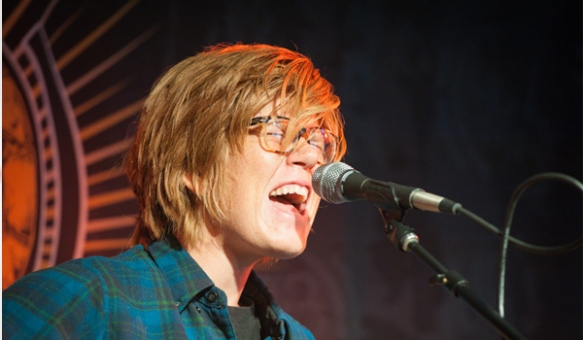
Brett: I’m on the board of directors so I’m going to be spreading the word about Mosaic for as long as I can. We’re a very localized organization based in the Bay Area. We work with kids in the local schools and we provide a setting, a camp for kids with very different backgrounds to come together with their classrooms and meet each other. And these are kids that wouldn’t normally ever have the opportunity to meet kids that are different from them, at least not while they’re young. We give them a chance to explain to each other who they are and where they come from and start to break down things that keep people separated, and I’m not talking geographically, I’m talking about stereotypes, prejudice, forms of discrimination. Getting kids to connect and build relationships, build communities and friendships across differences and stereotypes. Open people’s minds and watch them go back into their communities, their schools and their families even and take the lessons they learn with them. It’s all about getting kids to open their minds when they’re young and make and keep friendships and not fall into patterns of things that perpetuate stereotypes and prejudice.
Griff: That’s great stuff, man. You guys should franchise to every city.
Brett: Well we’re starting to, we have a lesson book, a whole curriculum we’re working on to send out. I think part of the magic of the program is that we do it at this really cool place out in the woods, this really cool camp where the kids stay in cabins, away from the cities where they’re not getting caught up in daily pressures, habits and patterns. We remove them from that environment and really start all over so you do need the right spot.
Griff: Nice. Let’s talk Paul Simon. I’ve read he’s an influence of yours and, frankly, I’ll use any excuse to talk Paul Simon so settle in, we could be here a while. But seriously, here is an artist, an absolute master of songwriting, who is putting out meaningful, relevant records in his late 60’s. Born in ’41, so he was 65 when ‘Surprise’ was released in 2006 and just about 70 years old when he put out ‘So Beautiful or So What’ in 2011. My question to you is, is that the goal? Is that the aspiration? Looking ahead, is it your hope that 30 years from now, you can still be making an impact like you are today?

Brett: Oh God, that would be a dream come true. And I think it’s such as in life, you know, if you live your life only with friends your age, whatever age you are, if you only hang out with contemporaries then that’s really all you have and you don’t have that other perspective. Like you said with Paul Simon, you really need to keep a perspective of how old he is and how he’s still meaningful, still relevant and important. Perhaps more important depending on where he’s at and where he’s coming from. It’s the same thing as like, if you never spoke with someone in their seventies, if you never made friends with someone in their seventies then you just really have no perspective on life other than your own. And you need that perspective to realize, oh, life doesn’t end when I’m old. I think people our age worry too much about doing things now, like we gotta get this in because we can’t do it when we’re old, and it’s just not the case, as he’s showing us.
Griff: Brett, can’t thank you enough for taking the time to speak with us and I know we’re all very much looking forward to seeing you at Infinity Hall on February 27th.
Brett: Thanks.

